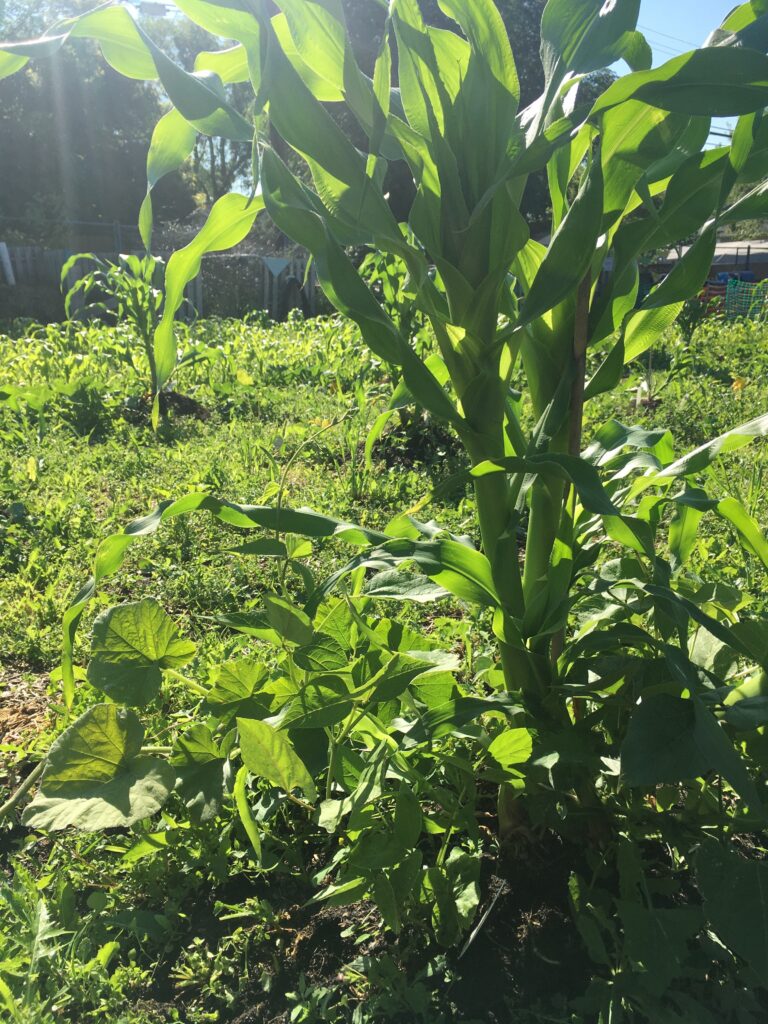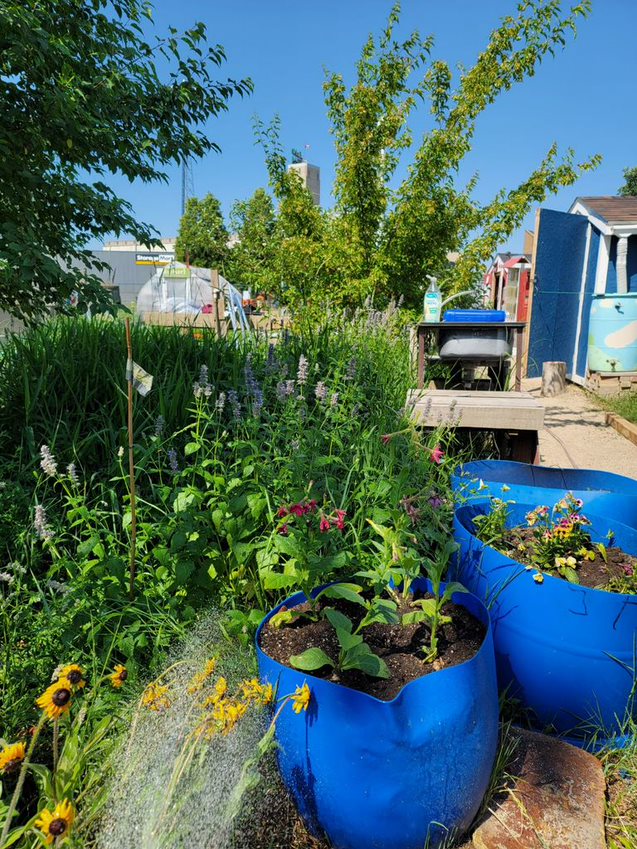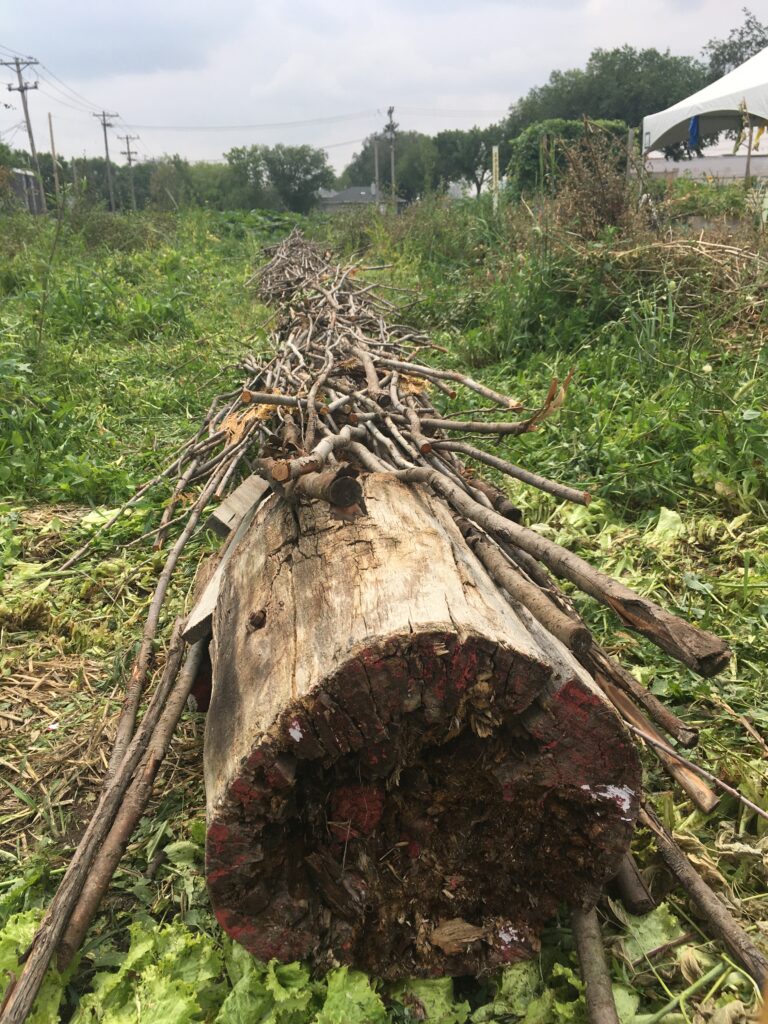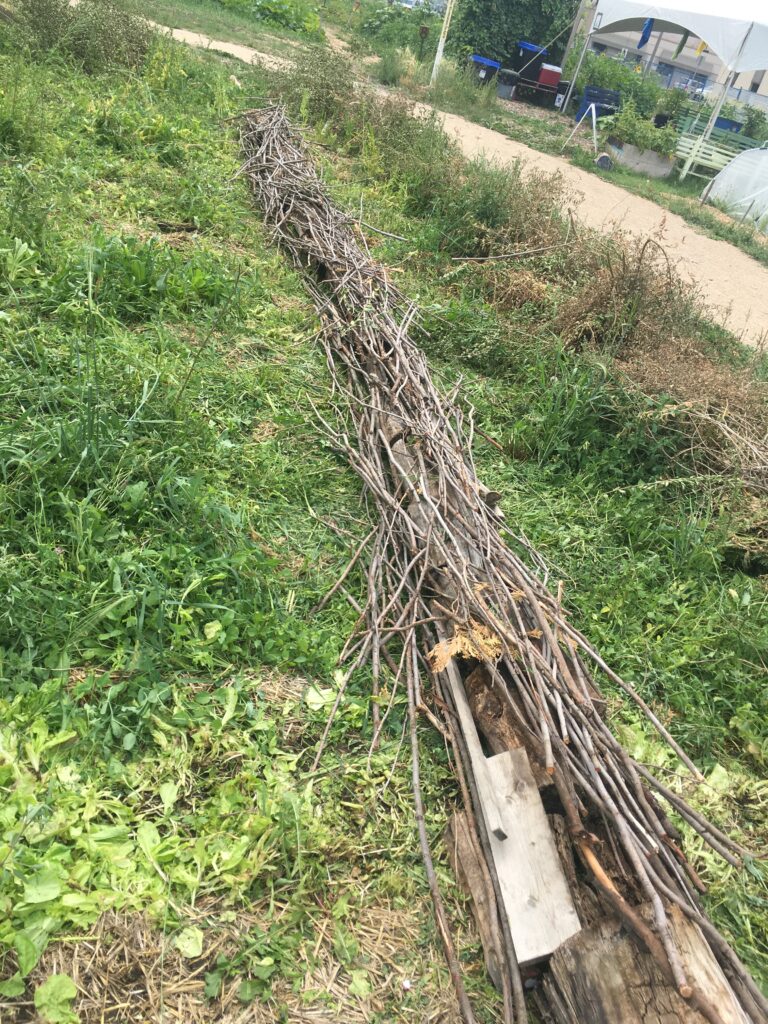Back in 2010, a community-minded neighbour in Saskatoon was inspired to repurpose a vacant lot that was overgrown with waist-high weeds as a productive plot for the Saskatoon Food Bank & Learning Centre. Since then, the 1.5-acre urban farm has been able to grow almost 200,000 pounds of nourishing produce for emergency food hampers.
But the impact of the Garden Patch, which the Saskatoon Food Bank & Learning Centre began overseeing in 2012, doesn’t stop there.
To date, Garden Patch Project Manager Graham Goff says thousands of people have visited the urban farm for a tour, volunteered, attended workshops, and participated in programs designed to inspire growing more food in cities as part of their efforts to help address food insecurity and benefit the environment.
During the last growing season at the Garden Patch alone, Goff says community members in Saskatoon participated in 600 hours of gardening education for good.


DEMONSTRATION FOR INSPIRATION
The Garden Patch hosts a number of diverse demonstration gardens that include a self-maintaining permaculture garden that produces food; a three sisters demonstration plot to illustrate the ancestral Indigenous crop system of planting corn, squash and beans together to result in better yields and harvest; and a rain garden designed with thirsty grasses and cherry trees to utilize as much water from the on-site vegetable washing station as possible, among others.
“In the past, all of the water from our vegetable washing station would start pooling in the back alley,” Goff says. “Our rain garden was designed to stop water from leaving the site, and now, water no longer leaves the site. It’s an example of how we can use plants rather than drains to capture runoff.”


As for the newest demonstration garden inspiring visitors to the Garden Patch, Goff says staff and volunteers built a hugelkultur mound with layered branches and compost last year on a plot of land affected by soil compaction.
“We were running out of places to put compost and we had excess old wood on the site that we wanted to get rid of,” Goff explains.


The traditional raised garden bed, which originated in Germany, is expected to solve “a ton of problems” for the Garden Patch.
For its first season in use, Goff says watermelons are being grown on the hugelkultur because they have a shallow root system. In the next few years, staff and volunteers will do soil depth tests to see if they can grow deep-rooted crops on the hugelkultur, too.
“The general idea is that over a longer time frame, the water and the heat from the composting will break down the wood over many years,” Goff says of the technique.
THIS SEASON AT THE GARDEN PATCH
With the Garden Patch and its demonstration gardens reopening to the public in summer 2022 for the first time since COVID-19 restrictions were put in place, Goff says he hopes more people will come out and visit the farm to get inspired.
“Opportunities to learn about gardening and agriculture are really connected to the goal of addressing food insecurity,” Goff says. “They bring about a greater understanding of Saskatoon’s food systems – from the soil to the stomach.”
